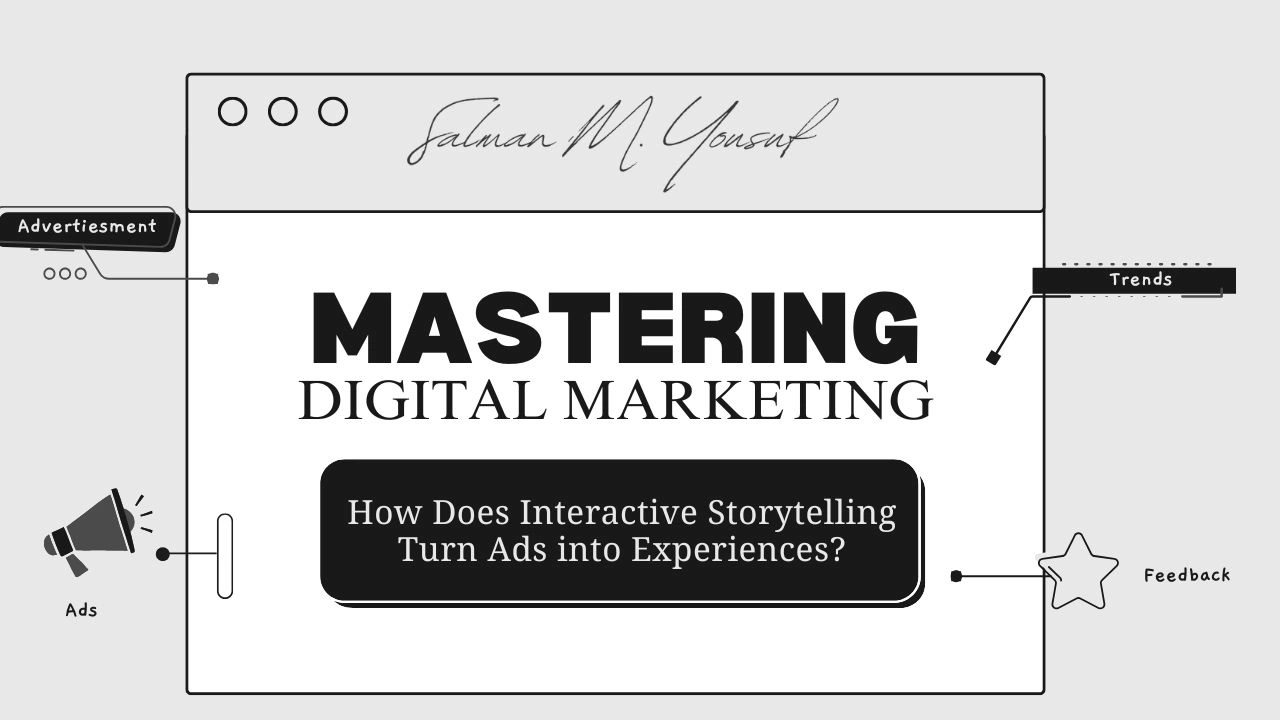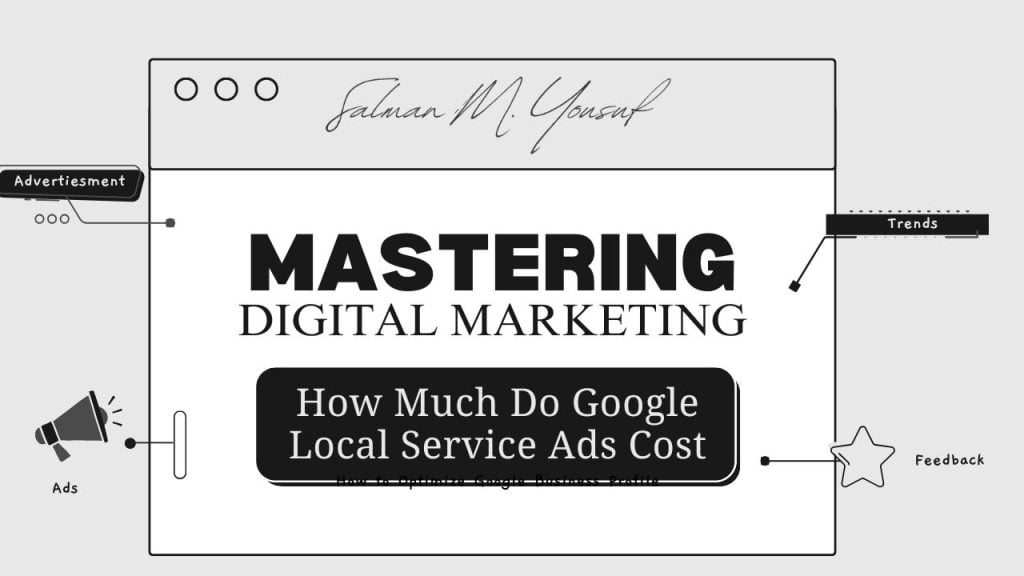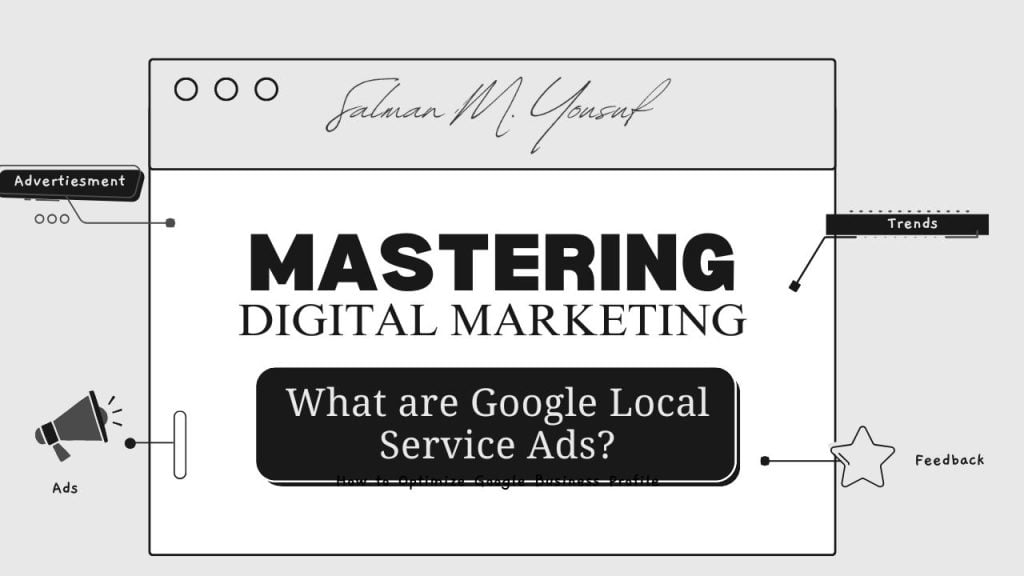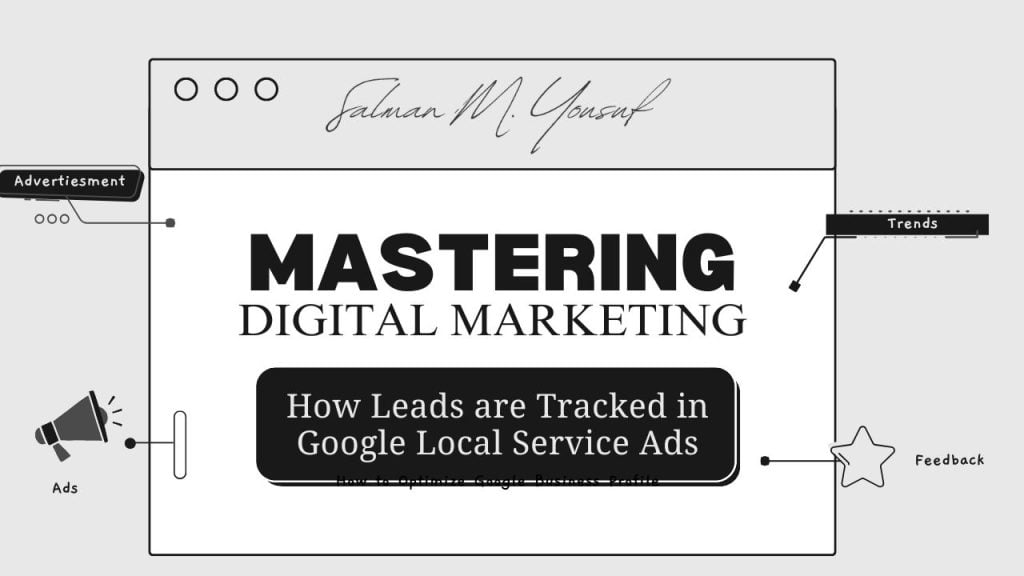What Interactive Storytelling Really Means
Here’s the thing. Interactive storytelling isn’t just about adding buttons or games. It’s about making the audience a part of the narrative. You pick what happens. You explore. You influence the outcome. Suddenly, an ad stops being something you watch and starts being something you do.
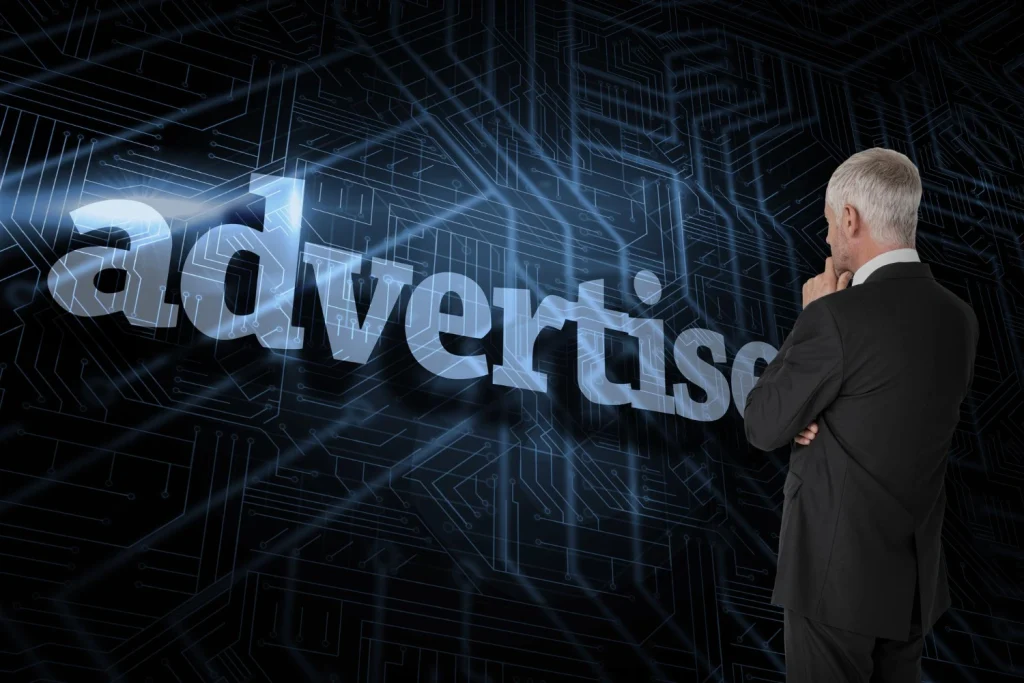
I remember seeing a clothing brand do this. You could style a character with different outfits. I went a little crazy. Added hats, swapped shoes…shared the final look with a friend. Not only did I remember the ad, but I also remembered the experience. That’s the key. Neuromarketing in Digital Ads shows how types of digital storytelling can take many forms, but the real driver is audience participation, making each interaction unique and memorable.
Passive vs. Interactive Ads
Passive ads are like billboards. You drive by. You may notice them. Maybe not. Interactive ads? They pull you in. Even if it’s just a simple poll — “Which flavor do you prefer?” — you’re engaged. Your curiosity gets piqued. You want to see what happens next. And once that curiosity hooks you, memory kicks in.
Why Interactive Storytelling Works
Humans love stories. But we love stories we can touch, move, or influence even more. Think about your favorite “choose your own adventure” book as a kid. Didn’t you remember the ending you picked more vividly than the one you didn’t? Same principle here.

Participation creates emotion. Joy, frustration, excitement, tension — whatever the story evokes, you feel it. That emotional investment sticks. Moreover, types of digital storytelling allow brands to mix interactive elements with narrative, creating richer, more engaging experiences that traditional ads simply can’t achieve.
Key Ingredients for Great Interactive Ads
Below are a few top ingredients for great and high-quality ads:
#1. Personalization
Let’s be honest. We all like things that feel made for us. Letting users pick avatars, choose story paths, or answer questions gives that feeling. Netflix’s Bandersnatch did this perfectly. Everyone had a slightly different experience. People talked about it. People shared it. And yes, they remembered it. Interactive Storytelling shines when the audience feels a personal connection.
Expert Tip:
Start small. Even using someone’s name or location in an ad creates instant buy-in.
#2. Gamification
Games are fun. Ads are usually not. Put the two together, and magic happens. Points, badges, or mini-challenges — these keep users exploring and feeling accomplished. Nike does this with their fitness apps. Users compete, feel proud, and associate the fun with the brand.
Quick Example:
Starbucks’ Rewards app uses gamified challenges (“Earn double stars today!”). It keeps customers returning without feeling like a sales pitch.
#3. Choices Matter
Even small ones. “Click here or click there?” “Which product do you want to explore?” Tiny decisions hook curiosity. Users care about the outcome. And once they care, they’re engaged.
Expert Tip:
Don’t overwhelm with too many options. Three clear paths are enough to spark curiosity without causing decision fatigue.
#4. Immersive Tech
AR and VR? Game-changers. IKEA lets you place furniture in your own room virtually. You see how it fits. You interact. It’s not just advertising — it’s hands-on, real-life experience. That’s trust, built without saying a word.
Quick Example:
Sephora’s AR “Virtual Artist” app lets users try on makeup shades through their phones. Customers play, experiment, and often buy more because they already “saw it on.”
Top 4 Benefits for Brands
Here are a few benefits of using ads for brands: for great and high-quality ads:
#1. Longer Engagement
When users are clicking, swiping, exploring, they stay longer. More engagement means more time for your message to stick. Simple, but effective. Using interactive storytelling naturally increases dwell time.
#2. Emotional Connection
Interactive experiences spark real emotions. Excitement. Tension. Joy. Users don’t just remember the product — they remember how it made them feel. That’s loyalty.
#3. Shareability
People love to share their results. Personalized endings, funny outcomes, mini-game scores — they post, they tag friends, they talk about it. That’s free advertising, done organically.
#4. Insightful Data
Every choice, click, or path tells a story. Brands learn what people like, how they behave, and what they enjoy. First-party data you can’t get from a passive ad.
Real-world Examples
Theory is useful, but nothing proves the impact of interactive ads like real campaigns. Here’s how different industries are using them to turn ordinary promotions into unforgettable experiences.
Fashion and Beauty:
Sephora’s AR filters let people try makeup virtually. Fun, playful, and memorable.
Food and Beverage:
Coca-Cola’s interactive games and custom labels let users co-create. Ads become experiences.
Entertainment:
Netflix’s interactive shows let viewers pick endings. That choice creates memory and conversation.
Automotive:
Virtual test drives let users explore cars, customize features, and experience products in real time. It’s not an ad — it’s an experience.
Best Practices (From a Human Perspective)
Guidelines matter, but people matter more. These best practices aren’t about rigid rules — they’re about keeping the experience human, enjoyable, and effective.
- Know your audience: If it doesn’t resonate, forget it.
- Keep it simple: Overcomplicating is the fastest way to lose attention.
- Mobile matters: Most people interact on phones. Make it smooth.
- Measure meaningful things: Clicks are okay. Engagement and completion are gold.
- Keep the story consistent: Across ads, social, and email, make the experience cohesive.
Challenges You Should Know
Interactive storytelling isn’t cheap. AR, VR, or gamification costs money. Technical glitches can frustrate users. And ROI? It’s not just impressions. Track participation, behavior, and conversions for a true picture.

The Future of Interactive Ads
The future is participation. AI will personalize stories in real time. Cross-platform campaigns will let users move from social to apps seamlessly. Brands using this now will stand out. Experiences, not static ads, will win.
Why Humans Connect with Interactive Ads
Here’s something marketers often forget: humans crave unexpected delight. Humor, surprise, little challenges — we remember these. Combine that with interactivity and the memory sticks. I’ve replayed a mini-game three times just to see all possible outcomes. That’s engagement. That’s loyalty.
Final Takeaway
Interactive storytelling turns ads into experiences. You don’t just watch — you participate. You remember choices, emotions, and fun moments.
Passive ads tell. Interactive storytelling lets people do. In a world overflowing with banners and pop-ups, experiences win. Brands that nail this don’t just advertise — they connect, entertain, and stick in memory.
Reach out today and see how interactive advertising can elevate your brand! From gamification to AR experiences, my team is here to guide you in creating campaigns that capture attention, foster emotional connections, and drive meaningful results for your business.
FAQs
What is interactive storytelling in advertising?
Interactive storytelling in advertising is a marketing approach where users actively participate in a narrative, make choices, and explore content, creating a memorable, engaging experience rather than passively viewing an ad.
Why do interactive ads work better than traditional ads?
Interactive ads work better because they engage users emotionally, keep them interested longer, and encourage participation, making the ad experience memorable and increasing the likelihood of brand recall and conversion.
How can brands implement gamification effectively?
Brands can implement gamification by adding points, badges, mini-challenges, or quizzes that reward participation, increase engagement, and encourage sharing, while keeping the experience simple, fun, and relevant to the brand story.
Are interactive ads suitable for all industries?
Yes, interactive ads can be adapted for various industries, from fashion and beauty to automotive and entertainment, as long as the content resonates with the audience and provides a meaningful, engaging experience.
How do brands measure the success of interactive storytelling campaigns?
Success can be measured through engagement metrics like clicks, completion rates, shares, and choices made, along with conversions and insights gained from user behavior and participation patterns.

